Dvir / Paris
Gallery Hours
Tuesday – Thursday: 11:00 – 19:00
Friday – Saturday: 12:00 – 19:00


Lisetta Carmi’s photographic investigation is also to some degree a path of introspection and personal discovery, linked to the experience of being a woman in a deeply sexist culture. As she herself wrote in regard to I Travestiti: “The trans community taught me to accept myself. When I was little, I would look at my brothers Eugenio and Marcello and long to be a boy like them. I knew I would never marry, and couldn’t accept the role that was expected of women. These transvestites helped me understand that we all have the right to decide who we are.”
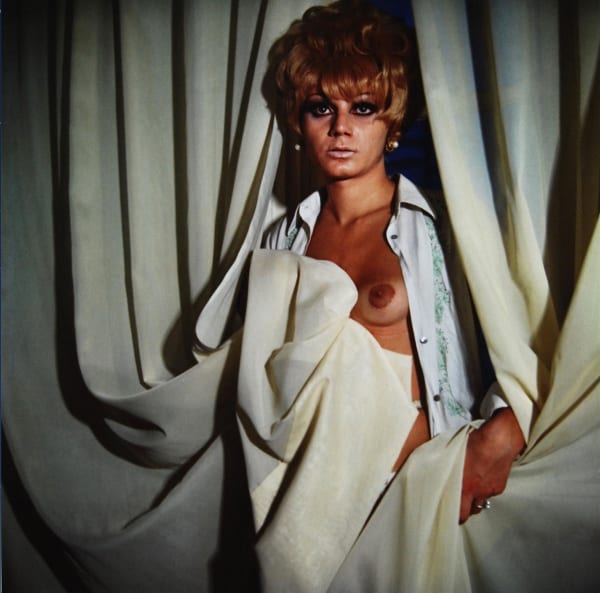

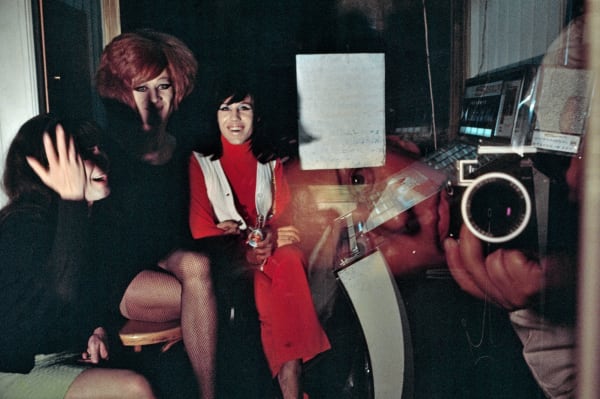



'Identities', solo exhibition, 2023, Estorick Collection, London

Cantor makes films and sculptural installations that often elaborate on uncertainty, countering prevailing notions that everything can be known or predicted. His work, which regularly offers subtle critiques on the architecture of power, is equally centered on unveiling methods of empirical engagement with objects and images through a sustained long-term examination. More recently Cantor has taken up the question craftsmanship and tradition to relating the “intuitive” energy that tests how different fields of knowledge might make sense of human creation and the multiplicity of perspectives that inform our understanding of our relationship to time, consciousness, and experience.

'Espèces d'espaces', group show, 2022, Dvir Gallery Paris

Winner of the 2011 Marcel Duchamp Prize, Mircea Cantor is invited to exhibit at the Center Pompidou in 2012. He chooses to present four works: Sic Transit Gloria Mundi; Epic Fountain; Don't judge, Filter, shoot and Wind orchestra. Figure of the new geography of contemporary art, nomadic, claiming to be without anchor, Mircea Cantor creates works - videos, photographs, drawings, sculptures and installations - that are at once minimal, poetic and metaphysical. Fine, vigilant, made of a sensitive material that is both radical and subtle, they impose Cantor on the contemporary scene.
Watch video interview: here
from 01:46’ until 3:50’





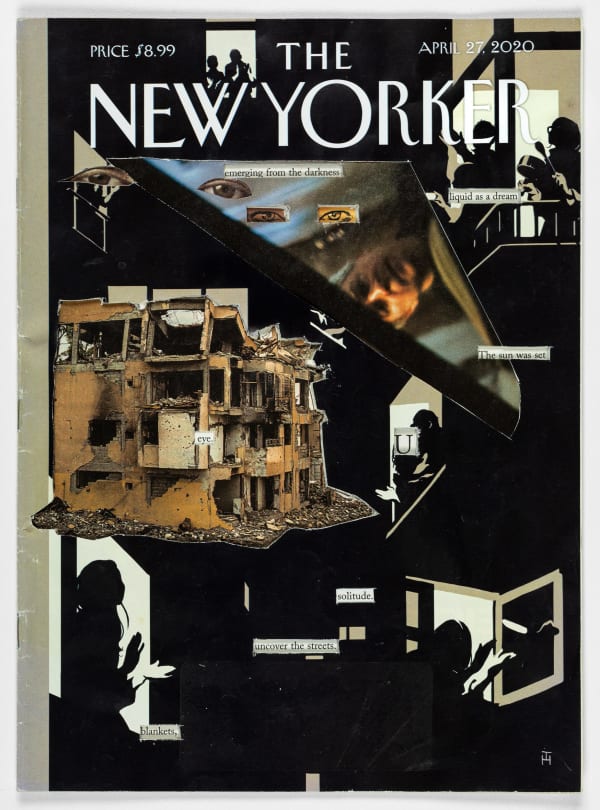

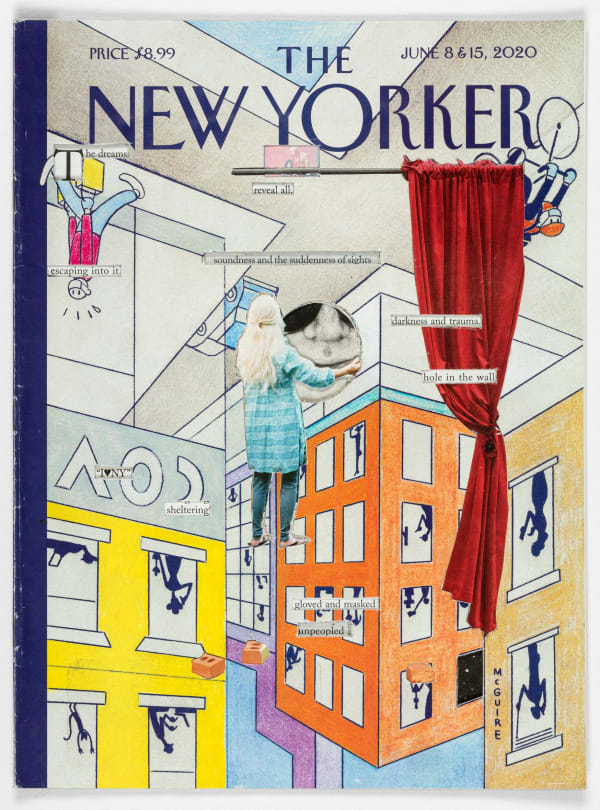
'Dreams Are Like Water', exhibtion view, 2021, Dvir Gallery Tel Aviv






'Layers and Formations', exhibition view, 2023, Dvir Gallery Paris


HELLO WHO?, 2022
video animation
2:29 min
Through Who the Bær, Fujiwara explores complex topics using the reductive logic of the cartoon universe to expose the normalizing power of the capitalist image culture we inhabit. Fujiwara’s existential cartoon character oscillates between subject and symbol, being and thing and is a tool for the artist to investigate cultural anxieties around identity and its relationship to the performativity of image culture. Made with an instinctive and responsive hand, this exhibition focuses largely on collaged works that introduce us to the basic principles of his character through a meme-like, cut and paste aesthetic. Housed within a fragmented, themed environment of oversize bear cut-outs, we discover the pleasures and traumas, violence and joys of life in the mediated modern world through the absurd adventures of a cartoon bear.
Who the Bær can also be followed via their official Instagram account: @whothebaer.
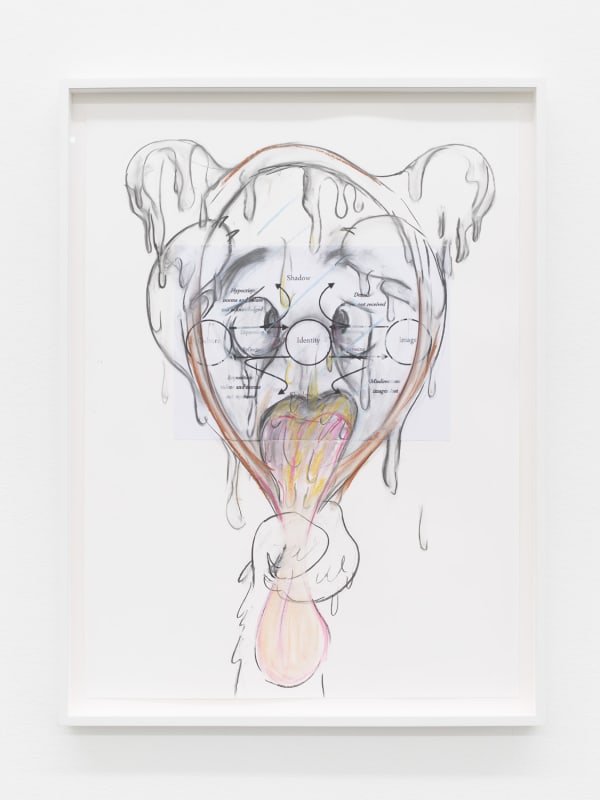

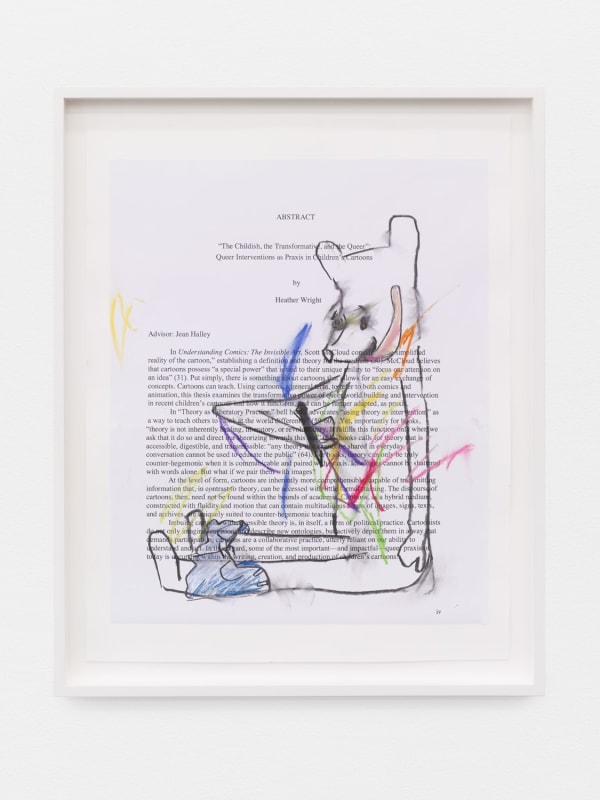

Yudith Levin born 1949, Ein Vered, Israel, where she lives and works.
Levin is considered one of the key figures in Israeli art. Over an artistic career spanning over more than four decades, she has been creating paintings on both traditional and nontraditional supports, covering canvases as well as scraps of discarded plywood found on the streets of Tel Aviv with expressive, gestural brushstrokes and semi-abstract figures and landscapes. By combining abstraction and figuration and using deliberately vague titles, Levin makes evocative works that are open to varied readings. The artist confronts the viewer with a borderline painting – in-between nothingness and a whole universe, between chaos and diamond, between a dump and flight. One of the places where Levin’s work deviates from the rational is the lack of distinction between figurative and abstract. Her figurative paintings are created like abstract paintings, from gestures which are not underlain by any figurative plan or intention.

In a phone interview, Yudith Levin was asked about her recent paintings featuring a near-abstract woman in a large red dress. When questioned about the sudden appearance of two such figures, Levin's response hinted at a deeper sentiment beyond painting itself. She quoted a friend's suggestion that the additional figure might be a "clone" of herself, implying a metaphorical interpretation. Levin expressed reluctance to inquire further about the second woman, finding solace in the presence of others in her life. This exchange revealed Levin's perception of her artwork as reflecting reality rather than mere paintings. The ambiguity surrounding the identity of the figures suggests they transcend literal representation, embodying broader existential themes. Levin's remarks underscored the notion that her paintings exist as living entities, with vitality beyond the art world's confines. Levin's concluding remarks emphasized the profound impact of art on her sense of existence, describing it as a source of "bliss, understanding, and closeness." Through her art, Levin finds affirmation of her own existence and a profound connection to the world, culminating in a celebration of life's vitality.


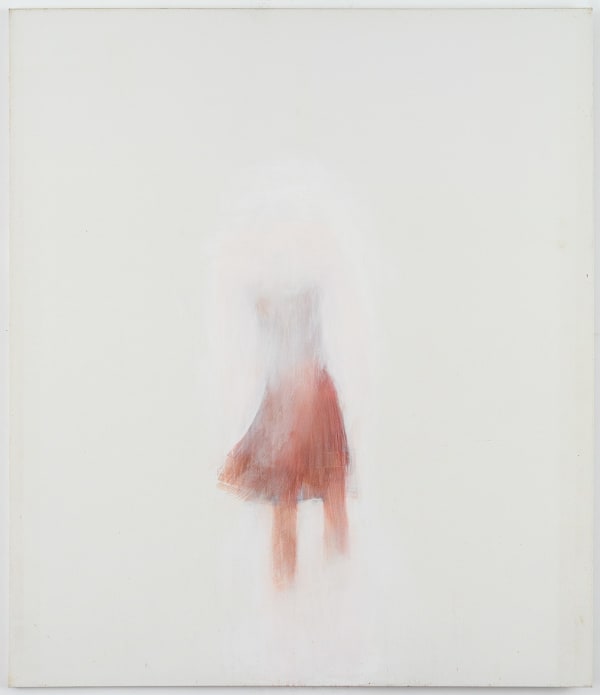


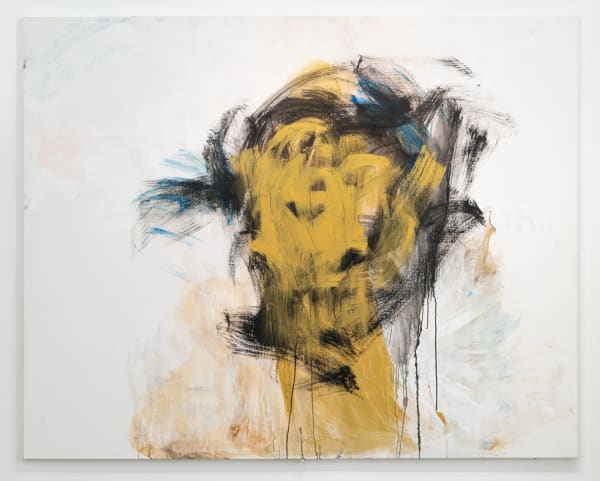
Art Biesenthal, group exhibition, 2023, Wehrmuehle
Dvir / Paris
Gallery Hours
Tuesday – Thursday: 11:00 – 19:00
Friday – Saturday: 12:00 – 19:00
Dvir / Tel Aviv
Shoken 27, 3rd floor, entrance code: 02772
Tel Aviv, 6653210, Israel
Gallery Hours
Tuesday – Thursday: 10:00 – 17:00
Friday – Saturday: 11:00 – 14:00
The Red Studio
Shoken 27, 3rd floor, entrance code: 02772
Tel Aviv, 6653210, Israel
Gallery Hours
Saturday: 11:00 – 14:00
And by appointment
Dvir / Brussels
T. +32 486 54 73 87
This website uses cookies
This site uses cookies to help make it more useful to you. Please contact us to find out more about our Cookie Policy.